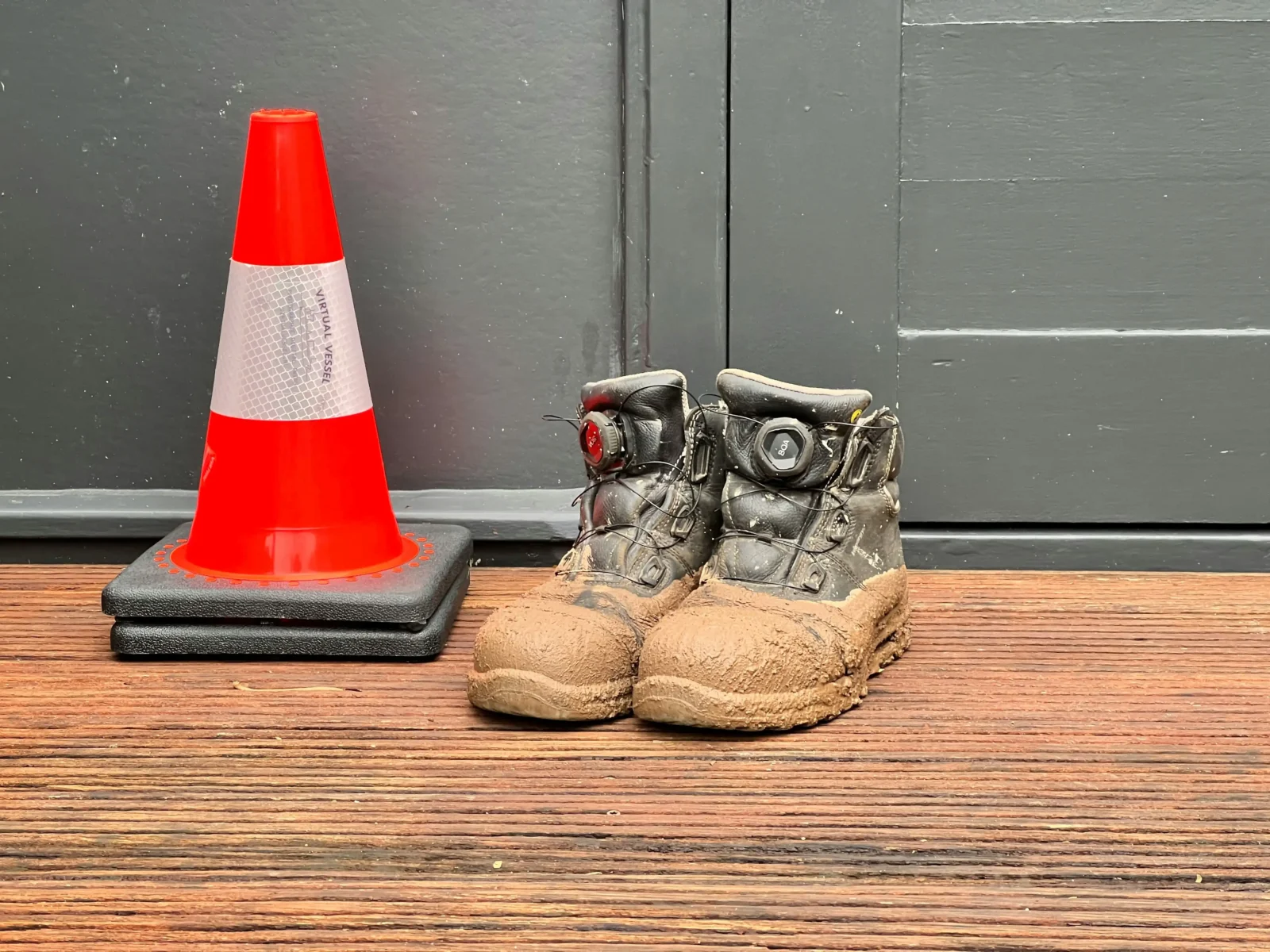- Home
- Articles
- Architectural Portfolio
- Architectral Presentation
- Inspirational Stories
- Architecture News
- Visualization
- BIM Industry
- Facade Design
- Parametric Design
- Career
- Landscape Architecture
- Construction
- Artificial Intelligence
- Sketching
- Design Softwares
- Diagrams
- Writing
- Architectural Tips
- Sustainability
- Courses
- Concept
- Technology
- History & Heritage
- Future of Architecture
- Guides & How-To
- Art & Culture
- Projects
- Interior Design
- Competitions
- Jobs
- Store
- Tools
- More
- Home
- Articles
- Architectural Portfolio
- Architectral Presentation
- Inspirational Stories
- Architecture News
- Visualization
- BIM Industry
- Facade Design
- Parametric Design
- Career
- Landscape Architecture
- Construction
- Artificial Intelligence
- Sketching
- Design Softwares
- Diagrams
- Writing
- Architectural Tips
- Sustainability
- Courses
- Concept
- Technology
- History & Heritage
- Future of Architecture
- Guides & How-To
- Art & Culture
- Projects
- Interior Design
- Competitions
- Jobs
- Store
- Tools
- More
How Anti-Intrusion Security Systems Enhance Home Safety

For homeowners seeking to enhance the safety and security of their properties, anti-intrusion security systems offer a comprehensive solution. In today’s world, where the risk of break-ins and home invasions is a genuine concern, these advanced systems provide a critical layer of protection, deterring potential intruders and providing peace of mind.
Table of Contents
ToggleWhat are Anti-Intrusion Security Systems?
Anti-intrusion security systems are advanced security solutions designed to detect and prevent unauthorized entry into a property. These systems typically comprise various components, such as motion sensors, door and window contacts, glass-break detectors, and central control panels. When an intrusion is detected, the system triggers an alarm, alerting the homeowner and potentially notifying the authorities or a professional monitoring service.
Components of an Anti-Intrusion Security System
These devices use various technologies, such as passive infrared (PIR) or microwave sensors, to detect movement within a designated area. PIR sensors detect heat signatures, while microwave sensors emit low-energy electromagnetic waves to detect movement. Motion sensors can be installed in strategic locations throughout the home, such as entryways, hallways, and rooms with valuable possessions. They are highly effective in detecting potential intruders and triggering the alarm system.
| Component | Technology | Detection Capabilities | Advantages | Disadvantages |
| Motion Sensors | Passive Infrared (PIR) or Microwave | Detect movement within a designated area | Highly effective for interior protection, pet-friendly options available | Can be affected by environmental factors like temperature and humidity |
| Door/Window Contacts | Magnetic Reed Switches | Detect opening of doors and windows | Simple and reliable, easy to install | Limited to entry points only, cannot detect forced entry through walls or glass |
| Glass-Break Detectors | Acoustic or Shock Wave | Detect the sound of breaking glass | Early warning of potential intrusion, even before entry is gained | Can be susceptible to false alarms from loud noises |
| Outdoor Beams | Active Infrared or Microwave | Detect movement across a perimeter or open area | Effective for perimeter protection, long-range detection | Can be affected by weather conditions, potential for false alarms from small animals |
| Vibration Sensors | Piezoelectric or Triboelectric | Detect vibrations caused by impacts or drilling | Early detection of attempted forced entry, suitable for walls and windows | Can be sensitive to environmental vibrations, potential for false alarms |
| Video Surveillance Cameras | Optical or Thermal Imaging | Visual verification of intrusion and recording of events | Deterrent effect, evidence collection, remote monitoring | Privacy concerns, the potential for tampering or obstructed views |
Door and Window Contacts
Also known as magnetic contacts or reed switches, these sensors are placed on doors and windows to detect any attempted forced entry. They consist of two parts: one part is installed on the door or window frame, and the other is mounted on the movable part (the door or window itself). When the door or window is opened, the two parts separate, breaking the magnetic circuit and triggering the alarm system.
Glass-Break Detectors
These advanced sensors are designed to detect the distinct sound frequencies associated with breaking glass. They can alert the system to potential intrusion through windows or glass doors, even before an intruder gains entry. Glass-break detectors use either acoustic or shock-wave technology to detect the sound of shattering glass, providing an additional layer of protection.
Central Control Panel
This is the brain of the anti-intrusion security system, where all the components are integrated and managed. The control panel acts as the hub, receiving signals from various sensors and detectors throughout the property. It is responsible for processing these signals, activating the alarm when necessary, and communicating with monitoring services or mobile applications. Many modern control panels also offer advanced features such as remote access, scheduling, and integration with smart home technologies.
Monitoring Services
While some homeowners choose to self-monitor their anti-intrusion security systems, many opt for professional monitoring services offered by security companies. These services provide 24/7 monitoring and rapid response in case of an intrusion. When the system detects a potential threat, it sends a signal to the monitoring station, and trained operators can quickly assess the situation and dispatch emergency services if necessary. Professional monitoring services add an extra layer of protection and ensure a timely response, even when homeowners are away or unable to respond themselves.
Benefits of Anti-Intrusion Security Systems
One of the primary benefits of anti-intrusion security systems is their ability to deter potential intruders. The mere presence of visible security components, such as cameras, motion sensors, and alarm signage, can discourage burglars from attempting to break into a property. This deterrent effect can significantly reduce the risk of home invasions and property crimes.
Early Detection and Rapid Response
Anti-intrusion security systems are designed to detect unauthorized entry attempts as early as possible. This early detection allows for a rapid response, either through the activation of loud alarms or by notifying the homeowner and authorities. By responding swiftly to potential threats, these systems can prevent or minimize the impact of a break-in, reducing the risk of property damage, theft, and personal harm.
Peace of Mind and Improved Home Security
Homeowners who have invested in anti-intrusion security systems often experience a heightened sense of peace of mind. Knowing that their property is protected by advanced security measures can alleviate anxiety and provide a sense of security, especially when away from home or during overnight hours.
Choosing the Right Anti-Intrusion Security System
When selecting an anti-intrusion security system, it’s essential to assess your home’s specific needs and vulnerabilities. Consider factors such as the size of your property, the number of entry points, the layout, and any potential high-risk areas. This assessment will help you determine the appropriate type and number of sensors required, as well as any additional features you may need.
Professional Installation and Monitoring
While some DIY security systems are available, it’s often recommended to hire professional installers to ensure the proper setup and configuration of your anti-intrusion security system. Professionals have the expertise to identify potential vulnerabilities and recommend the most effective solutions. Additionally, many homeowners opt for professional monitoring services, which provide constant surveillance and immediate response in case of an intrusion.
Integration with Smart Home Technology
Modern anti-intrusion security systems can often be integrated with smart home technology, allowing for seamless control and monitoring through mobile applications or voice commands. This integration can provide added convenience and enable homeowners to manage their security systems remotely, enhancing their overall home security experience.
Maintaining and Updating Your Anti-Intrusion Security System
To ensure the continued effectiveness of your anti-intrusion security system, it’s crucial to perform regular system checks and maintenance. This may include testing sensors, replacing batteries, and ensuring that all components are functioning correctly. Regular maintenance can help identify and address potential issues before they compromise the system’s performance.
Staying Up-to-Date with Security Advancements
Security technology is constantly evolving, with innovations and advancements introduced regularly. Homeowners should stay informed about the latest security trends and consider upgrading or updating their anti-intrusion security systems as needed. This can help ensure that their home remains protected against emerging threats and vulnerabilities.
Key Takeaways
- Anti-intrusion security systems use components like motion sensors, door/window contacts, and glass-break detectors to detect and prevent unauthorized entry.
- Early detection and rapid response are key benefits, allowing for prompt action to be taken against potential threats.
- These systems provide peace of mind and a heightened sense of security for homeowners.
- Professional installation and monitoring services are recommended for optimal performance and protection.
- Regular maintenance and staying up-to-date with security advancements are crucial for maintaining the effectiveness of anti-intrusion systems.
Frequently Asked Questions
- What is the difference between motion sensors and door/window contacts?
Motion sensors detect movement within an area, while door/window contacts detect if a door or window has been opened.
- Do I need professional monitoring for my anti-intrusion system?
Professional monitoring services provide 24/7 monitoring and rapid response, but self-monitoring is also an option.
- Can anti-intrusion systems be integrated with smart home technology?
Yes, many modern systems can be integrated with smart home technology for convenient control and monitoring.
- How often should I maintain my anti-intrusion security system?
Regular system checks and maintenance, such as testing sensors and replacing batteries, are recommended to ensure continued effectiveness.
- Will an anti-intrusion system completely prevent break-ins?
While no system is 100% foolproof, anti-intrusion systems can significantly deter intruders and provide early detection and response.
Conclusion
Investing in an anti-intrusion security system is a proactive step towards safeguarding your home and loved ones. With their ability to detect and prevent unauthorized entry, provide early warning, and facilitate rapid response, these systems offer invaluable security benefits. By choosing the right system, and installing and monitoring it properly, homeowners can feel more secure. They’ll know their property is well-protected from threats if they also maintain it.
illustrarch is your daily dose of architecture. Leading community designed for all lovers of illustration and #drawing.
Submit your architectural projects
Follow these steps for submission your project. Submission FormLatest Posts
Understanding Site Safety Footwear in Architectural Practice
Architecture is often discussed through drawings, models, and finished buildings, yet a...
General Arrangement Drawings in Architecture: The Backbone of Clear Design Communication
General Arrangement Drawings explained: what they are, when to use them, how...
The Ultimate Guide to Fencing in North Dakota: Choosing the Best Fence for Your Property
Watching a chain link fence twist in 70 mph winds near Minot...
Gaudí: Where Architecture Meets Science
Gaudí: Where Architecture Meets Science shows catenary arches, ruled surfaces, and biomimicry...












Leave a comment